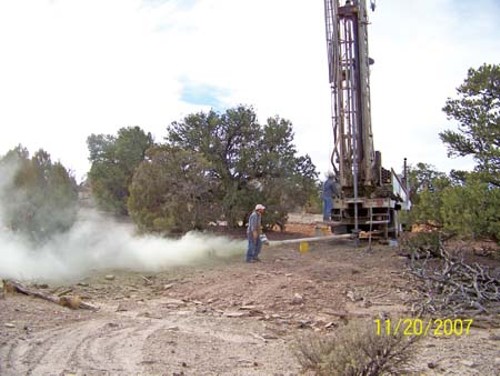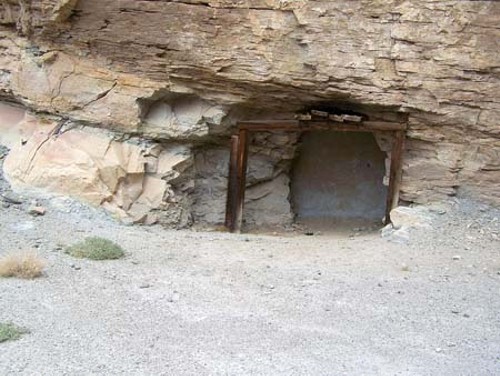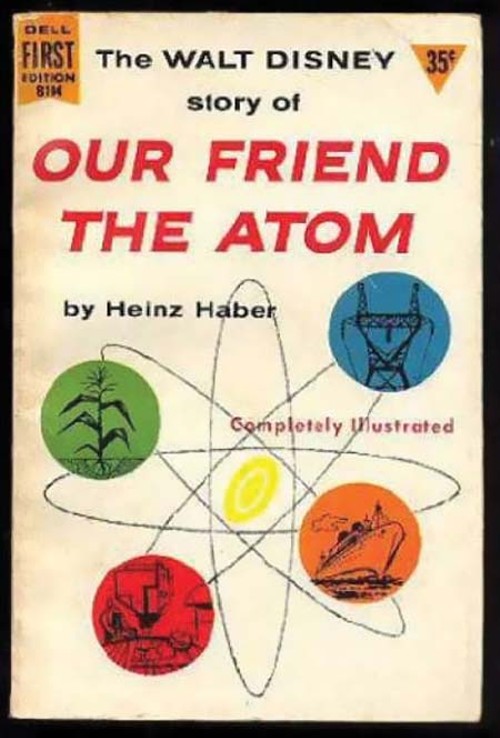Nuclear Utah
Power Mad: How Sen. Bob Bennett learned to stop worrying and love nuclear power plants.
By Katharine Biele @kathybielePage 2 of 3
Children of the Boom
Support
for the Green River plant has been almost universal from residents of
Emery County. This is a county used to power issues and, in fact, is
dependent on them. The western half of the county is modestly called
Utah’s power-generating core. It is home to three power plants in
Price, Huntington and Castle Dale, and it supplies coal to run the
Intermountain Power Project power plant in Delta.
“If people in Utah have power in their homes, it’s probably because of Emery County,” McCandless says. “We understand power really well.”
There’s nothing new about Green River as a nuclear site, either. Tilton’s is probably the fourth such proposal for the area. “It’s a natural fit because of the geographic location in the West,” says McCandless. “It’s very central, we have a good source of water and we’re on the existing grid of Rocky Mountain Power.”
McCandless created a 2,400-acre industrial park with the Utah Trust Lands Administration that would be perfect for the plant. He did it with the idea of bringing new jobs to the area, not necessarily a nuclear plant. There are another 1,000 acres of property that could be marketed as well, and Tilton’s is one of two projects that have “substantial traction,” McCandless says.
Jobs, of course, are the big carrot. The average person in Green River works at least two jobs, maybe waitressing during the day and clerking at night. McCandless himself is the quintessential worker with three county hats—planning, economic development and tourism—and his own alfalfa and cattle farm.
“There are limited opportunities for stable, life-sustaining employment in the area,” he says. And yet the quality of life keeps people there.
Many of the residents worked or had family that worked in the heyday of uranium mining in the ’50s and ’60s. That was after infamous Charlie Steen hit the biggest uranium strike the country had ever seen, transforming the area southeast of Moab and into the Four Corners.
So, uranium and, thus, nuclear, are not exactly foreign concepts in Emery County. McCandless knows an area directly west of Green River where the dust from abandoned claims blows across Highway 6. If it’s radioactive, it’s also native soil.
And the natives aren’t worried, even by the signs warning against entering abandoned mines: “Old mines and mining claims may contain radon, radioactive material or abandoned explosives,” the signs say.
“They didn’t put all the uranium mines around Moab by accident,” McCandless says. “My point is that the natural process is more impacting than any kind of industry in the future.”
Waste Not
And
if you can believe congressional testimony, a little radioactivity
could be good for you. The American Nuclear Society’s Rockwell even
worries that the Earth is getting less radioactive every day. It’s
natural decay, and life evolved in a much more radioactive atmosphere
than we have now. He argues that mankind would be better off with more
radioactivity because “low quantities are beneficial.”
But tailings and ponds and dust are one thing; nuclear waste is another. Bennett believes the waste situation has been handled. In a written statement to City Weekly, he said:
“I am a proponent of reprocessing. The storage problem originated when the Carter administration chose not to develop our nation’s capability to reprocess spent nuclear fuel. Reprocessing spent nuclear fuel reduces the amount of material we need to permanently store in a repository to a small fraction of the original volume.
“It would make no sense to allow unprocessed waste to be stored in Yucca,” Bennett continued, “filling it up in a relatively short period of time, and then be faced with the same problem we have now of finding additional permanent storage. Other countries, which I have visited, are able to extract additional energy that remains in the spent nuclear fuel after the first cycle and then store the remaining waste on site because of the small amount of waste that remains after reprocessing.
“I have tried to steer our nation’s energy policy toward reprocessing, and will continue to do so,” he concluded.
During the Republican conference, it was pointed out to Bennett that it was the previous Ford administration that halted reprocessing, believing that the consequence would be weapons-grade uranium.
And even that happened after the economics of building reprocessing plants proved too expensive.
Rockwell thinks the whole nuclear waste issue is overblown, anyway. He wants the nuclear industry to start telling people that the waste problem’s been handled—“and that’s the most important thing.”
“Where is any instance where nuclear waste has hurt the environment?” he asked rhetorically. Maybe OSHA should just issue warnings that say “Do Not Eat the Ceramic [Casks],” Rockwell says, “because if you don’t eat it, it won’t hurt you.”
Despite Rockwell’s “damn the torpedoes” attitude, Bennett and the senators could see that not everyone would buy into to his Disney-like Our Friend the Atom line. Back in 1956, Walt Disney made what some call an indoctrination film touting the happy side of atomic science.
Frankly, if everyone’s not happy, then someone’s going to sue in this day and age. To that end, Bennett and his colleagues want to enact what they call “litigation shortcuts” for nuclear developers.
More by Katharine Biele
-
Deseret News poll shows Donald Trump skating to another victory in Utah.
Hits & Misses
- Apr 17, 2024
-
LDS General Conference dominates local news while stories on diversity and discrimination take a back seat
Hits & Misses
- Apr 10, 2024
-
Utah's GOP Senate candidates try to out-MAGA each other in a race to the bottom.
Hits & Misses
- Apr 3, 2024
- More »
Latest in Cover Story
Readers also liked…
-
Forget the family pedigree—Robert F. Kennedy Jr should not be the next president of the United States
Trojan Horse
- Jun 21, 2023
-
Women decry harassment and toxic culture at St. George auto dealership
Men at Work
- Oct 11, 2023







